All about quartz sand

Many materials intended for construction work contain natural components that have certain properties, ensuring the strength and reliability of products. These components include a mineral - quartz sand, which is quarried.
This forming element is used in the glass industry, for the manufacture of sand-lime bricks, is part of some grades of concrete, and is used for water treatment. Crushed quartz is a rock, and today most industrial production processes cannot be imagined without its use.
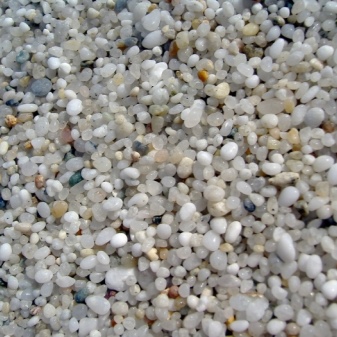
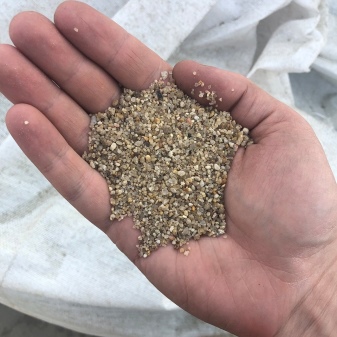
What it is?
The most common rock on the surface of our planet is quartz - scientists have found that up to 60% of the entire earth's crust contains quartz sand fractions. This rock is of magmatic origin, and its main component is silicon dioxide, which we used to call quartz. The chemical formula looks like SiO2 and is composed of Si (silicon) and oxygen oxide. In addition to these main components, the composition may additionally include oxides of iron or other metals, an impurity of clay. Natural natural mountain sand contains at least 92-95% pure quartz, it is used in construction and industry because of its high adsorption capacity and resistance to mechanical stress. Quartz is added to compositions for various purposes in order to increase the adhesiveness and increase the temperature resistance.
Silicon dioxide is a product that is obtained by grinding granite rocks. Sand can be formed naturally in nature, or it is obtained by artificial processing of larger fractions.
Regardless of how it is obtained, before use, it must be divided into fractions by size and subjected to purification.
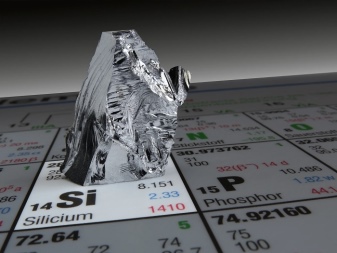
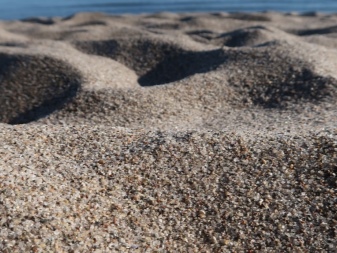
The finest fraction of quartz sand is 0.05 mm. Outwardly, the composition is similar to finely dispersed dust. The largest is considered to be sand, the size of the fraction of which reaches 3 mm. The most highly valued material has a translucent or whitish color, which is an indicator of its high silicon content. If any additional impurities are present in the sand, it changes its color palette.
In appearance, sand grains can be round or cuboid, with rough uneven corners, which are obtained by artificial crushing of granite rock, but such crushed chips have low efficiency and are not suitable for industrial and construction needs. There are standards for quartz sand, which should contain no more than 10% water, and impurities should not exceed 1%. Such a composition is considered to be of the highest quality, but it is not required everywhere.
For example, for the manufacture of silicate bricks, the composition of silicon dioxide can contain pure silicon in the range of 50 to 70% - it all depends on the technology and the specifics of production, where this raw material is used.
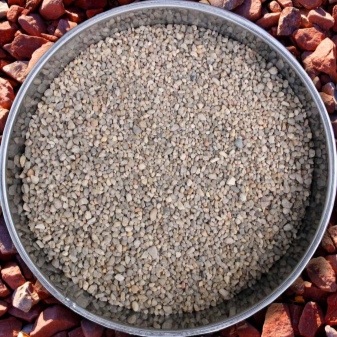
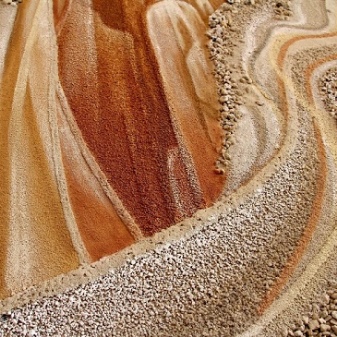
Specifications
Mineral sand has a certain set of qualities, thanks to which it can be classified as unique natural materials:
- chemically inert substance that does not react with other elements;
- the density of the material has high performance, its bulk parameter is at least 1500 kg / m³, and the true density is at least 2700 kg / m³ - these values play an important role in calculating the volume of the cement mixture, which is obtained by combining the necessary components;
- has properties of resistance to abrasion and durability;
- does not emit background radiation;
- has a high degree of adsorption;
- easily stained;
- the thermal conductivity of the material is 0.32 W / (m? ° C), this indicator is influenced by the size of the grains of sand and their shape - the denser the grains of sand are in contact with each other, the higher the indicator of the level of thermal conductivity;
- the melting point is at least 1050-1700 ° C;
- the specific gravity depends on the size of the fractions, as well as on the condition in which this indicator is measured - for loose sand it can be 1600 kg / m³, and for compacted sand 1700 kg / m³.
The main standard that regulates the quality indicators and properties of quartz sand is GOST 22551-77.

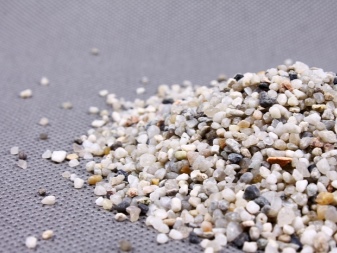
How is quartz sand different from ordinary sand?
Ordinary river sand is traditionally washed up from rivers, and the size of the fraction, as well as the color, depends on the place of extraction. Most often, river sand has a medium fraction and a high degree of natural natural purification; moreover, it does not contain clay. As for natural quartz sand, it is a product obtained by crushing granite rocks, and unlike river analogues, quartz dioxide has the property of homogeneity and consists of one type of mineral. In appearance, natural quartz sand looks homogeneous, without impurities and has a pleasant white color. Its sand grains are irregular in square shape or have uneven acute-angled edges, while in river sand each grain of sand has a rounded shape, and when examining the mixture, you can see an admixture of bottom muddy components.
Quartz sand has a greater ability to absorb dirt than a river analogue, in addition, the strength of quartz dioxide grains is much higher than that of other fine-fraction analogs of other origin. Due to its strength and abrasion resistance, quartz sand is highly valued and is a necessary raw material for various production areas. Therefore, the cost of quartz significantly exceeds the price of river sand, which is used only for construction purposes - for filling mixtures, leveling surfaces, filling trenches.
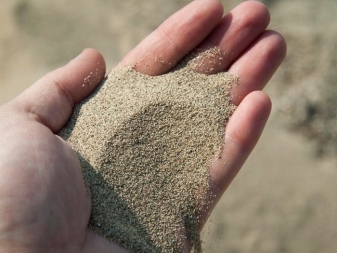

Classification
The types of quartz sand determine its purpose. Depending on the shape of the grains of sand and their size, various household or industrial products are made from granite sand. Besides, material classification is subdivided according to a number of characteristics.
By location
Pure quartz mineral is mined at natural deposits, which are available not only in Russia, but also in other countries. Fractions of small grains of sand are obtained by the natural decay of large pieces of granite rock. In our country, there are such deposits in the Urals, in the Kaluga region, the Volgograd and Bryansk deposits, and even in the Moscow region. In addition, quartz sand is found in the floodplains of the Ural rivers and on the seabed.
Depending on the place of extraction, mineral material is divided into types:
- mountain - the deposit is located in the mountains, grains of sand have acute-angled edges and roughness;
- river - the most pure, does not contain impurities;
- nautical - the composition may include impurities of clay and silty detrital components;
- ravine - acute-angled edges of grains of sand have roughness, and the total mass of sand contains silt components;
- soil - lies under a layer of soil and clay structures, has a rough surface.
The most valuable and expensive is the river type of quartz sand, since it does not need additional purification measures.

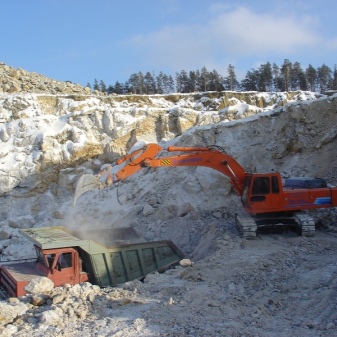
By mining method
Quartz sand is mined by different methods, in addition to mining, there is also enrichment. Quartz enriched sand is thoroughly cleaned from clay impurities and gravel elements are added. The fraction of such material reaches 3 mm. Quartz in the natural environment is obtained in various ways and, depending on the origin, it is divided into 2 types.
- Primary - is formed as a result of natural destruction of granite and is located under a layer of soil or clay. Such decomposed material stays in one place for a long time without the participation of water, oxygen and ultraviolet rays in the process. Sand is extracted using a quarry method, after which the material is transported by transport routes for further processing, where clay deposits are removed by dissolving in water, and then moisture. Dry sand is divided into fractions and packaged.
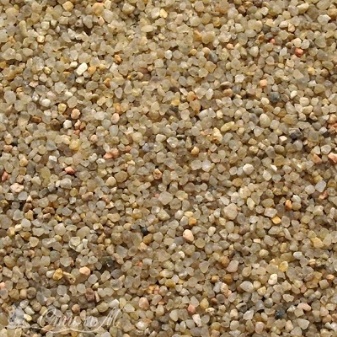
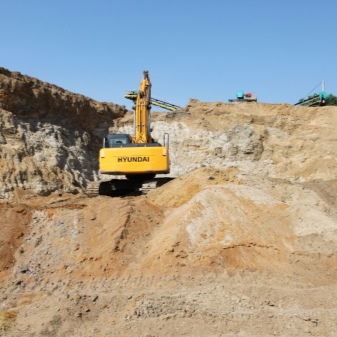
- Secondary - sand is formed as a result of the impact of water on the granite rock. Streams erode granite and transfer its small particles to the bottom of rivers, such sand is called rounded. It is lifted from the bottom of the river using a special dredge pump, after which the sand embankment is transported by machines for further processing.
All quartz sand is subdivided into natural and artificial. Natural sand under the influence of water has rounded particles, and artificial sand is obtained by crushing rock with an explosion, after which sharp small fragments are divided into size fractions.
Crushed quartz is used for sandblasting grinding work.
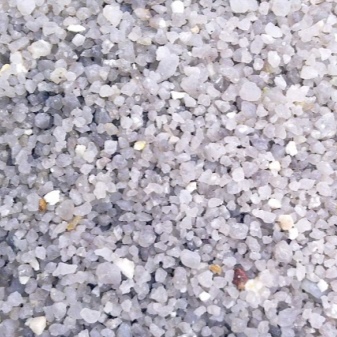

By grain size and shape
According to the size of the fraction of sand, it is also subdivided into various types:
- dusty - the finest sand, which has a size of less than 0.1 mm;
- small - the size of the grains of sand is from 0.1 to 0.25 mm;
- average - the size of the sand particles varies from 0.25 to 0.5 mm;
- large - particles reach from 1 to 2 to 3 mm.
Regardless of the size of the fraction, quartz sand has excellent absorbency, which makes it possible to use it for organizing water filtration and add it to mixtures for mortars.
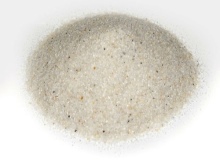
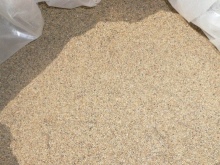

By color
Natural granite quartz - transparent or pure white. In the presence of impurities, quartz sand can be colored in shades ranging from yellow to brown. Quartz bulk material can often be seen as a painted look - this is a decorative option that is used for design purposes. Colored quartz is dyed in any desired color: black, blue, light blue, red, bright yellow and others.
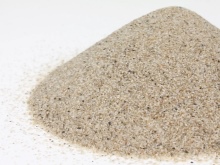
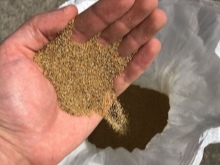
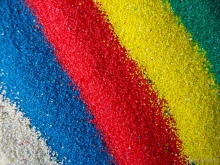
Features of production
You can get pure natural quartz sand in places of its natural occurrence. Most often, the building material is made from sand lying in its nearest deposit, which significantly reduces the cost of this material. If sand with certain properties is required, then it is possible that it will be required to take it from distant regions, so the price of such material will be slightly higher. The sand is delivered packaged in big bags of 1 ton or in bags of 50 kg.
If sand is required for the construction of a small summer cottage, then it is quite possible to do with ordinary river sand, while the production of silicate bricks or glass products will require the use of high-quality quartz minerals, which cannot be replaced by other fine-fraction analogues of a particular breed.
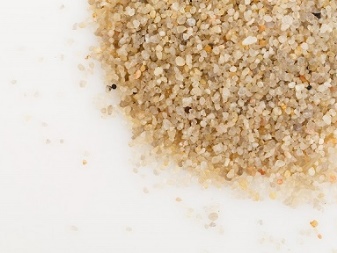
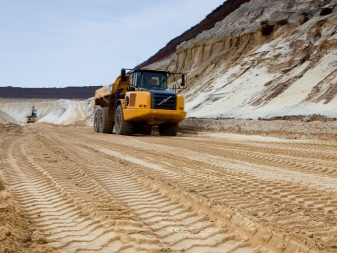
Stamps
Depending on the chemical composition of the sand and its purpose, the material has the following classification:
- grade C - intended for the manufacture of transparent glass;
- VS brand - needed for glass with a high degree of transparency;
- OVS and OVS brands - used for critical products with a high degree of transparency;
- grade PS - used for products with a reduced degree of transparency;
- grade B - used for products without any color;
- brand PB - needed for semi-white products;
- grade T - required for the manufacture of dark green glass.
Each marking has, in addition to the letter cipher, also the fraction number, as well as belonging to the category.

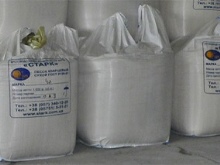
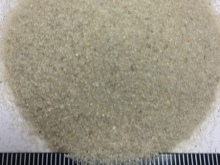
Scope of application
Possessing unique characteristics, quartz sand has found wide application in human life and is used in the following areas:
- used in construction for the manufacture of various types of decorative plasters, dry mixes, as well as for the creation of self-leveling floors;
- for injection heat-resistant forms in the metallurgical industry;
- for the pool as a filter material;
- for football fields as a covering;
- in the production of glass, fiberglass;
- in the production of building materials - for the manufacture of sand-lime bricks, paving stones, refractory concrete;
- in the agro-industrial sphere as an additive in animal feed;
- in the manufacture of electrical fuses, since quartz is a dielectric material;
- for creativity and drawing, in landscape design;
- when composing mixtures for the production of reinforced concrete with increased strength.
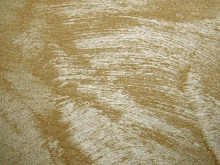


Quartz sand is a part of modern road surfaces, since silicon dioxide is strong and resistant to abrasion, which allows the asphalt road to be durable and reliable, despite the huge weight load and high cross-country traffic. Most of the tableware on the shelves is made using quartz sand. A mineral additive from fine-grained quartz allows it to be added to porcelain, earthenware and ordinary glass, which gives these materials increased strength and shine. Quartz is also added in the manufacture of technical glasses, as well as window, automobile varieties, with its use, laboratory glassware that is resistant to heat and chemical environments is produced, and is also added to the composition of the mass intended for the production of ceramic finishing tiles.
But that's not all. Quartz sand is an integral component used in the production of optical lenses, making these products smooth, transparent and durable in use. Due to its ability to retain heat, quartz sand is used for industrial and domestic needs. With his participation, electric heating devices are made - quartz is included with an incandescent spiral system, which heats up quickly and maintains the required temperature for a long time.
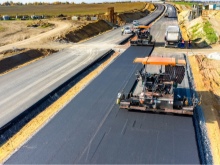

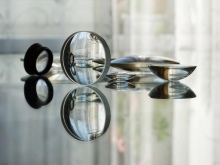
Engraving and grinding surfaces, as well as processing stone, metal or durable polymers, are not complete without the use of quartz sand, which is used in sandblasting materials. The essence of the process lies in the fact that acute-angled rock particles, mixing with the air flow, are supplied under a certain pressure to the surface to be treated, which is polished and becomes perfectly clean and smooth.
The well-known ability of quartz sand to absorb various substances is used to filter water in hydraulic structures of various types and purposes. In addition, the adsorbing properties are used in the food industry, as well as in the production of filter technology.
In addition to purifying properties, quartz has the ability to saturate water with useful chemical microcomponents, so filters with quartz sand are used not only to filter water in swimming pools, but also in aquariums, as well as in hydro-treatment plants and household filters.


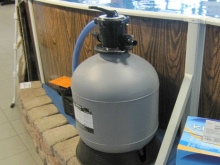
For information on how to choose the right quartz sand for your pool, see the next video.













The comment was sent successfully.